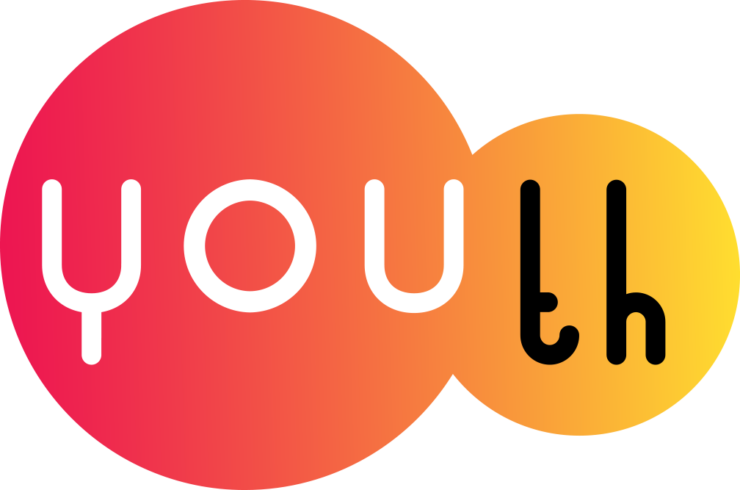-
measure EEG Face House
Study: YOUth Mode of collection: MeasurementsAndTests EEG Available measurements: Baby and Child 5 months 10 months 3 years 6 yearsIn the Face-House task, infants or children up to the age of 6 passively watch pictures of faces with a neutral expression (12 faces repeated four times) and pictures of typical Dutch houses (also 12 x 4) while their Electrocardiography (EEG) is measured. This task lasts approximately 3-4 minutes.Created October 17, 2024 • Updated October 20, 2024 -
measure Looking While Listening
Study: YOUth Mode of collection: MeasurementsAndTests Eyetracking Available measurements: Baby and Child 3 yearsThe Looking While Listening task is an eye-tracking paradigm. It is a simplified version of a visual world paradigm, in which every trial presents pairs of familiar images/objects of roughly the same size (for example, a chair and a bath), accompanied by a pre-recorded Dutch sentence that asks the participant to look at one of these images (e.g., where is...Created October 17, 2024 • Updated October 20, 2024 -
measure Parent-Child Interaction (PCI)
Study: YOUth Mode of collection: Observation Available measurements: Baby and Child 5 months 10 months 3 years 6 yearsParent child interaction (PCI) is an observation of a parent with their child, with the goal to code qualitative aspects of the observed interaction based on explicitly defined behaviors. The PCI consists of age appropriate structured tasks that include a common mildly stressful event (teaching tasks and clean-up), and a pleasant event (unstructured free...Created October 17, 2024 • Updated October 20, 2024 -
measure Infant Face Popout
Study: YOUth Mode of collection: MeasurementsAndTests Eyetracking Available measurements: Baby and Child 5 months 10 months 3 years 6 yearsInfant Face Popout is a shortened version of the face-pop out experiment (Gliga et al, 2009 Exp1; Elsabbagh et al., 2013), a free viewing experiment in which children are presented with multiple five-item arrays (always: 1. Human face; 2. Car; 3. Mobile phone; 4. Bird; 5; Face-shaped noise figure). It tests whether children automatically orient to faces...Created October 17, 2024 • Updated October 20, 2024 -
measure EEG Coherence
Study: YOUth Mode of collection: MeasurementsAndTests EEG Available measurements: Baby and Child 5 months 10 months 3 years 6 yearsIn the EEG Cohorence task, young children passively watch 60-second video clips depicting singing women (created by Sabine Hunnius and colleagues) or moving toys (used earlier by Jones et al., 2015) while Electrocardiography (EEG) is measured. The task lasts approximately 6 minutes, where both sets of videos last 60 seconds.Created October 17, 2024 • Updated October 20, 2024 -
measure Hand Game
Study: YOUth Mode of collection: Observation Available measurements: Baby and Child 3 yearsThe Hand game aims to measure non-verbal inhibitory control in children aged 3 to 5 years and is based on the adapted hand game by Hughes (1996). During the task, the child is asked to place a flattened hand on the table whenever the researcher presents a fist and to present a fist whenever the researcher places a flattened hand on the table. Each child...Created October 17, 2024 • Updated October 20, 2024 -
measure Macarthur Communicative Development Inventory (MCDI)
Study: YOUth Mode of collection: SelfAdministeredQuestionnaire Available measurements: Baby and Child 10 months 3 yearsThe MacArthur Communicative Development Inventories (CDIs) are a pair of widely used parent-report instruments for assessing communicative skills in infants and toddlers. The CDIs are parent report instruments which capture important information about children's developing abilities in early language, including vocabulary comprehension, production,...Created October 17, 2024 • Updated October 20, 2024 -
measure Ages and Stages Questionnaire - Social-Emotional (ASQ-SE)
Study: YOUth Mode of collection: SelfAdministeredQuestionnaire Available measurements: Baby and Child 5 months 10 months 3 yearsThe Ages and Stages Questionnaire (ASQ) assessess childrens' skills in five developmental areas, including Communication, Fine Motor, Gross Motor, Problem-Solving, and Personal-Social. This developmental check-up is available for children between 2 and 60 months.Created October 17, 2024 • Updated October 20, 2024 -
measure EEG Face Emotion
Study: YOUth Mode of collection: MeasurementsAndTests EEG Available measurements: Baby and Child 10 months 3 years 6 yearsThe EEG Face Emotion task aims understand how the developing brain differentially responds to viewing faces with different facial expressions (happy and fear). In the task, young children (from 10 months onwards) passively watch pictures of happy or fearful faces while their Electrocardiography (EEG) is measured. Note that the same faces, but with neutral...Created October 17, 2024 • Updated October 20, 2024 -
measure Peabody Picture Vocabulary Task (PPVT-III-NL)
Study: YOUth Mode of collection: MeasurementsAndTests Behavioral/cognitive task Available measurements: Baby and Child 3 years 6 years
Child and Adolescent 9 years 12 yearsThe Peabody-Picture vocabulary task (PPVT; Dunn and Dunn, 1981) is a widely used task to evaluate a participant’s vocabulary size for their age, and serves as a proxy of general language performance. It is normed for participants between 2 and 90 years old. On each trial, participants see an array of four pictures and hear a word that matches one of these...Created October 17, 2024 • Updated October 20, 2024

